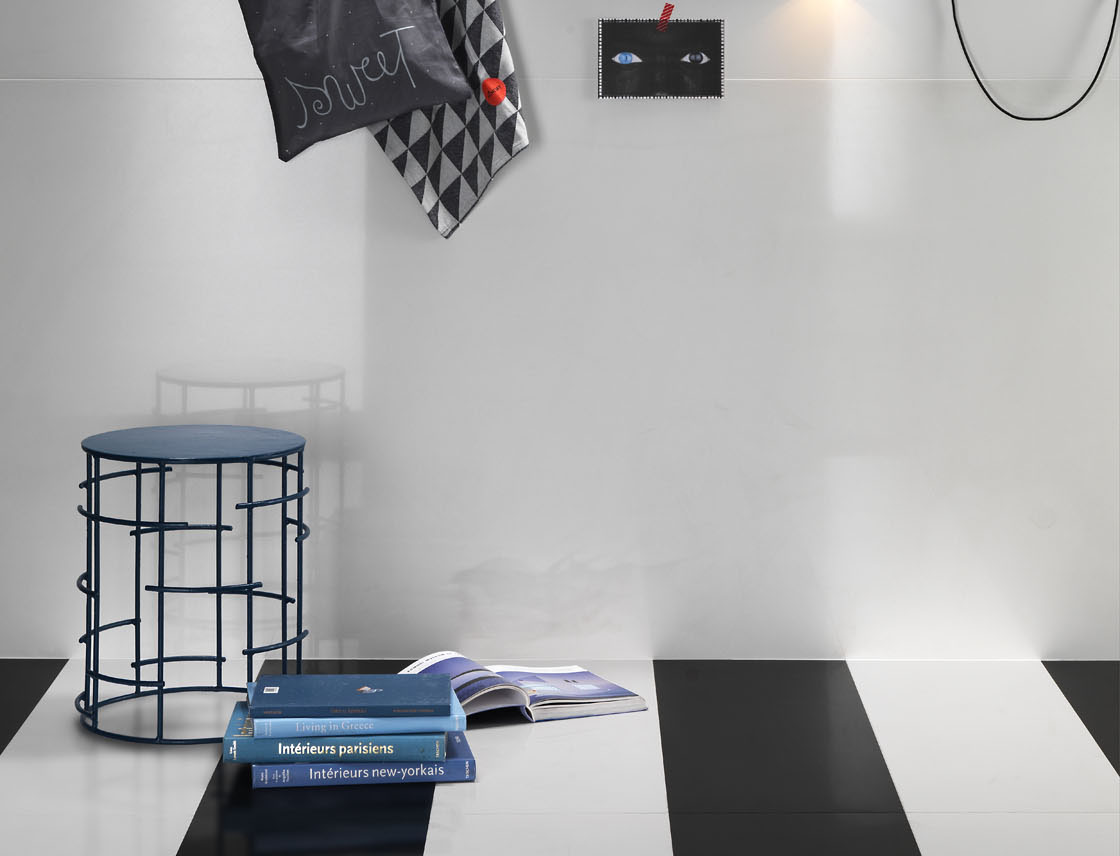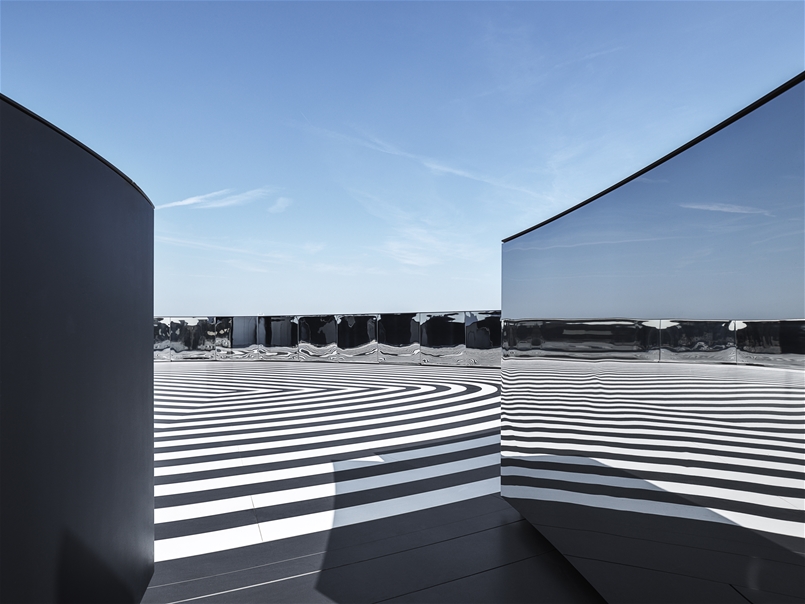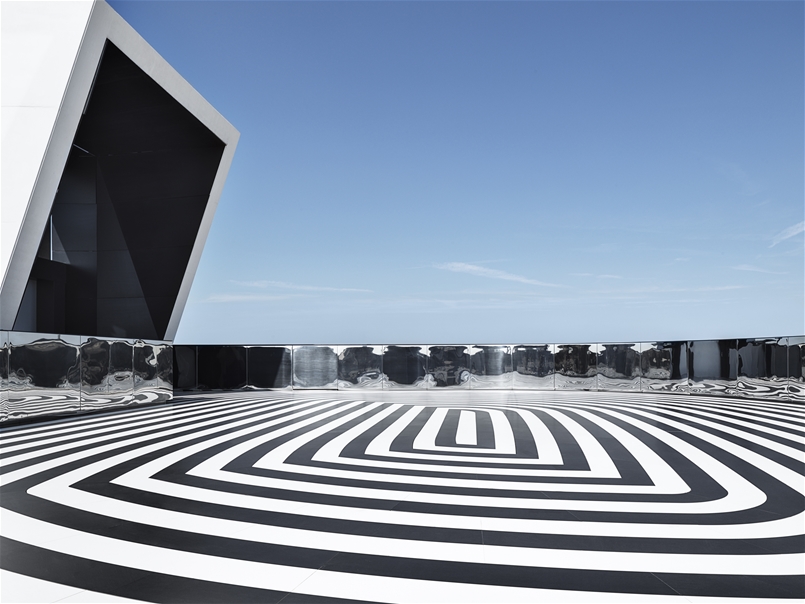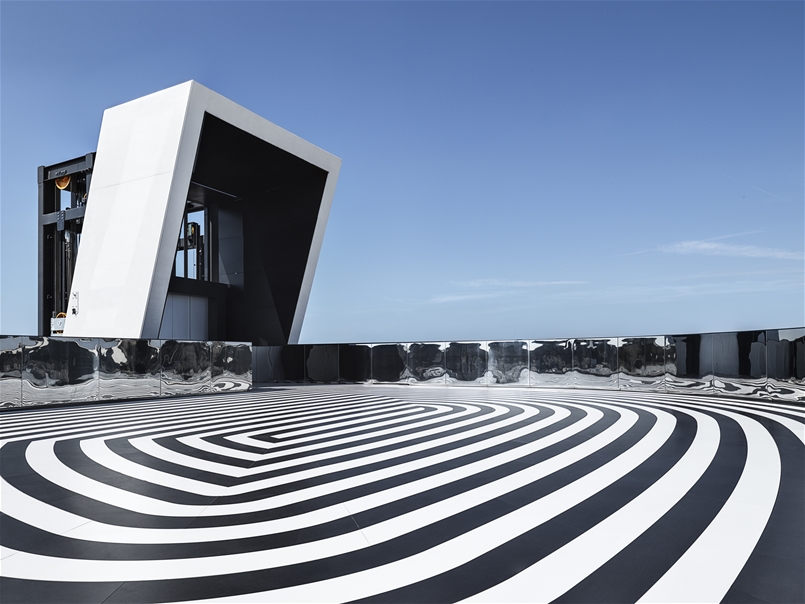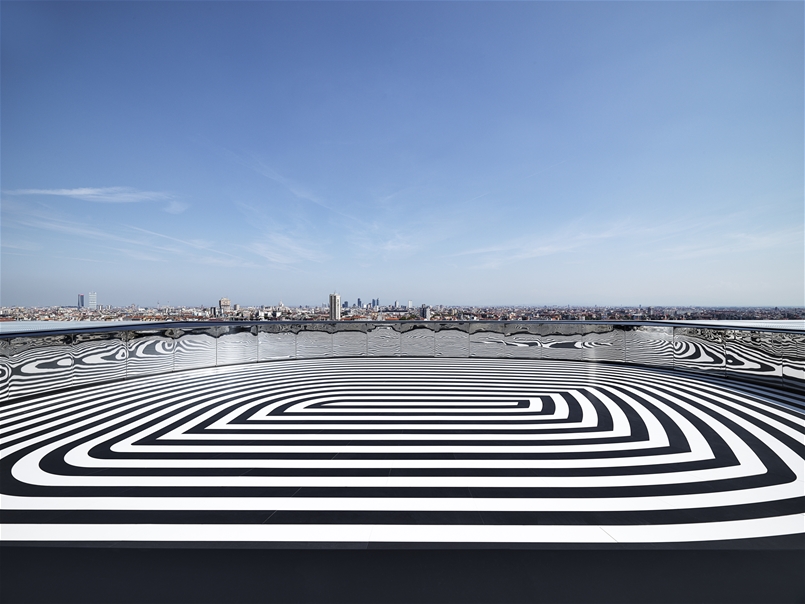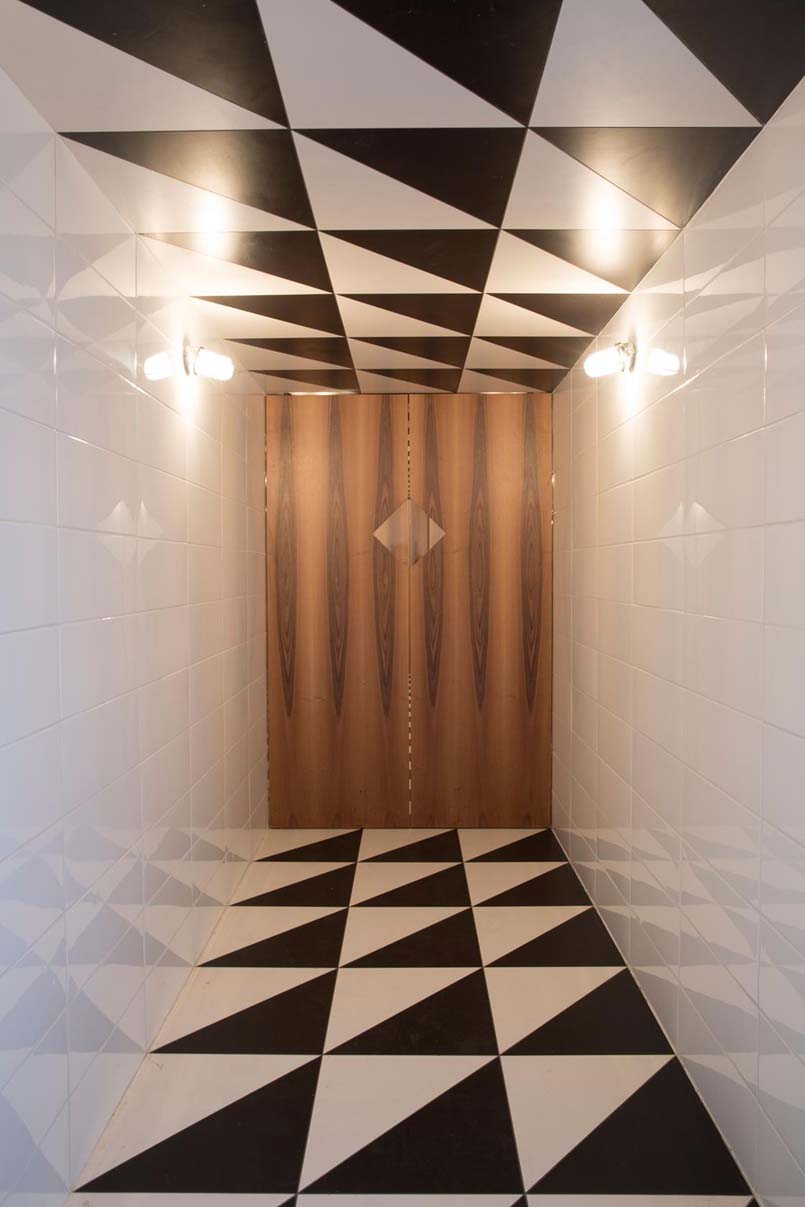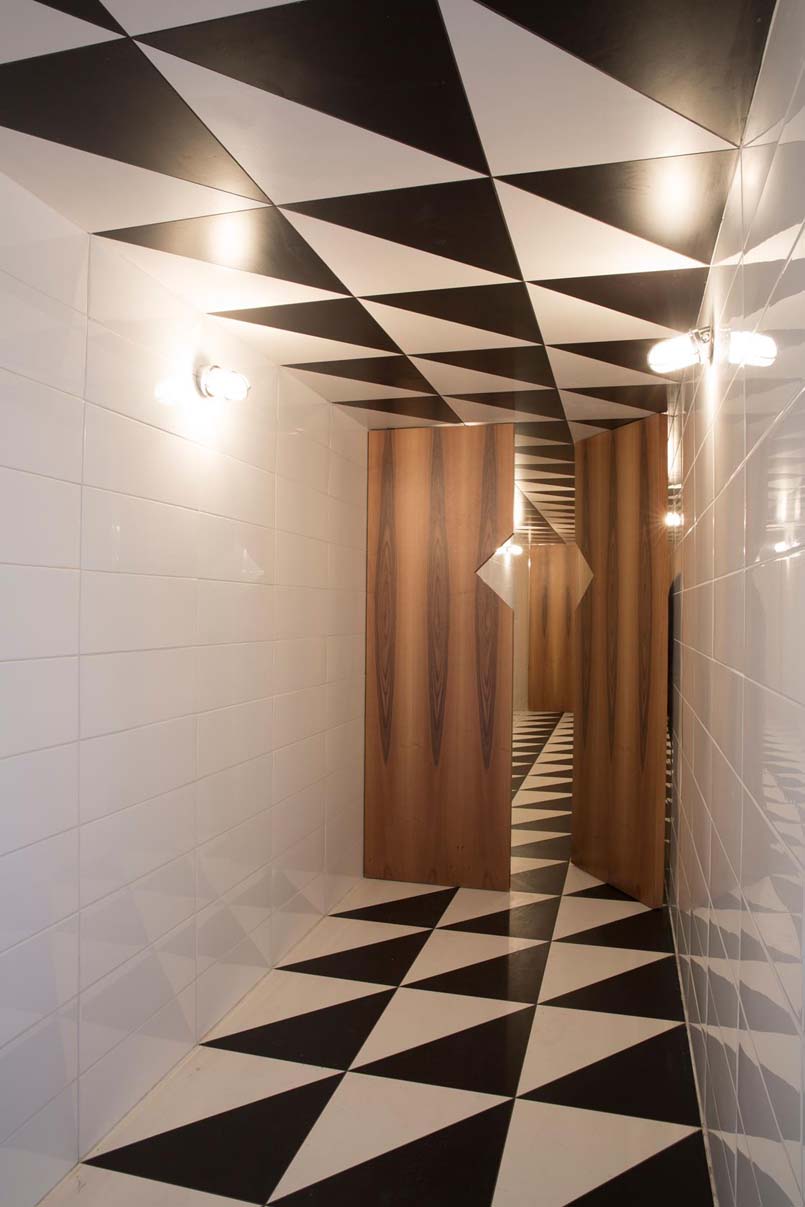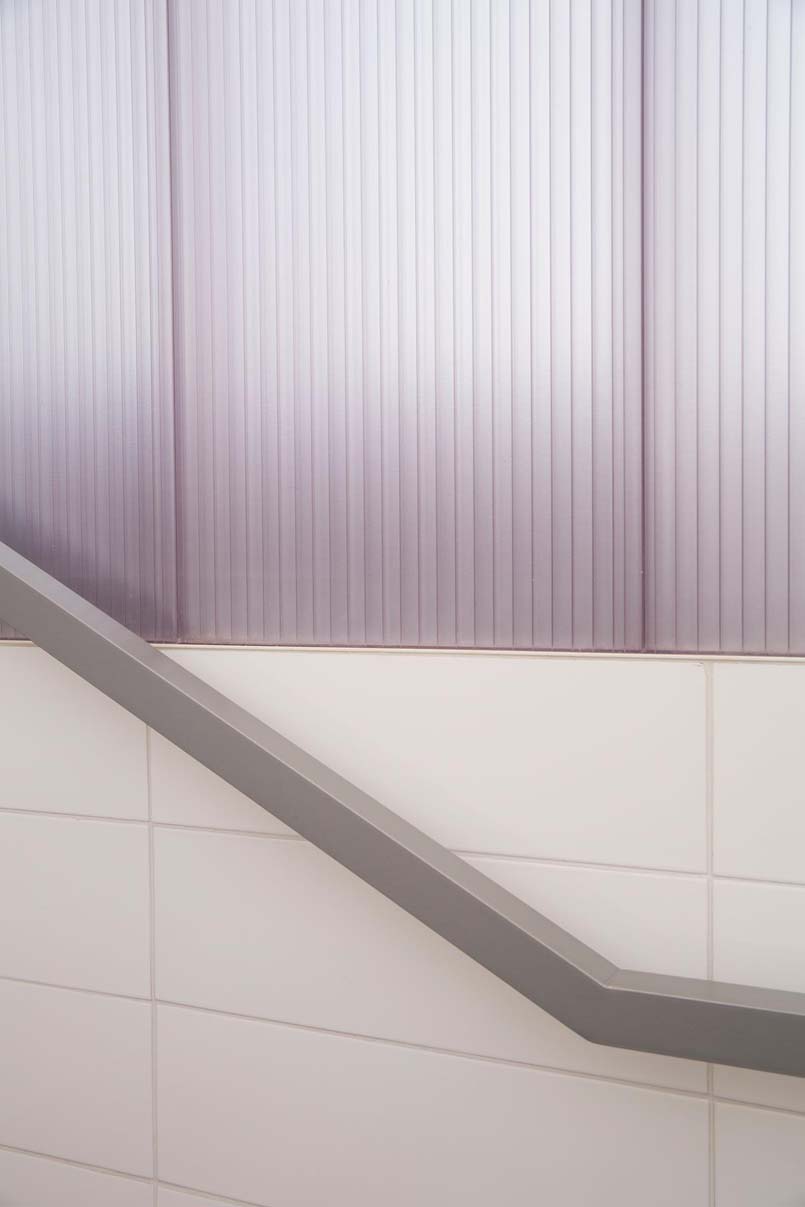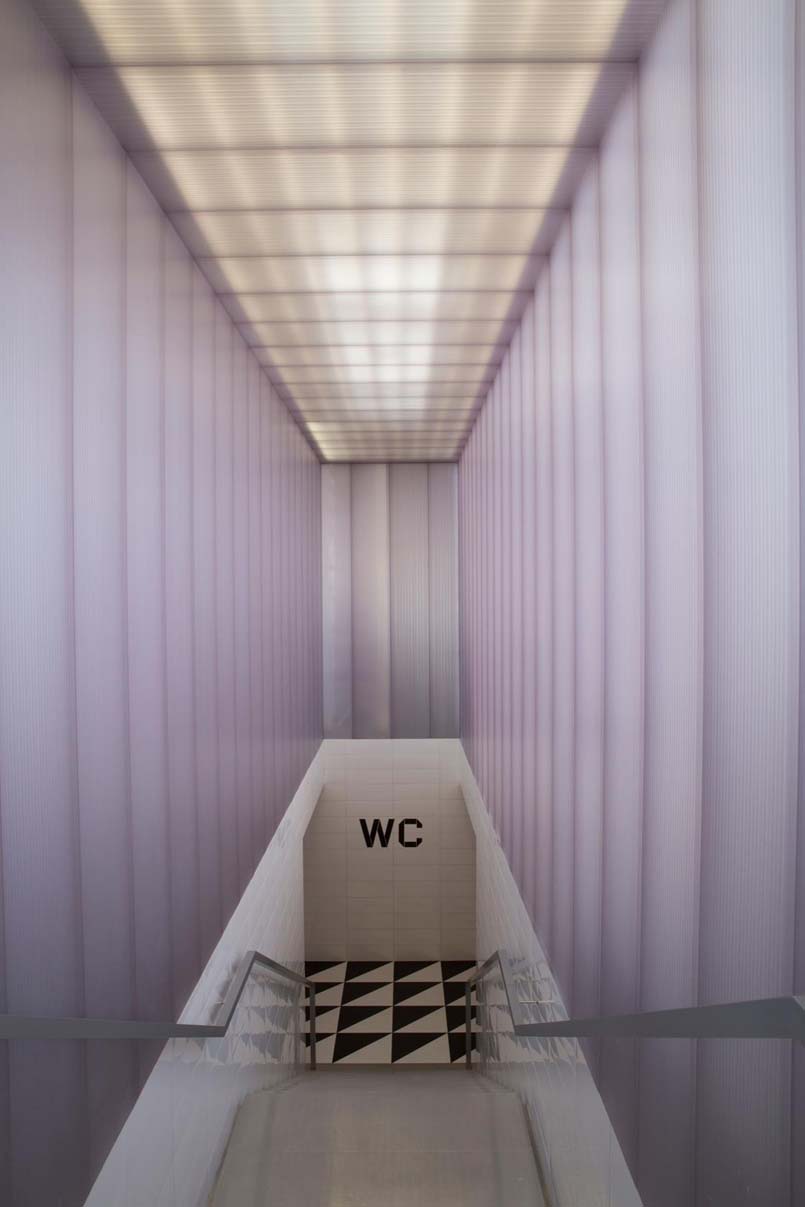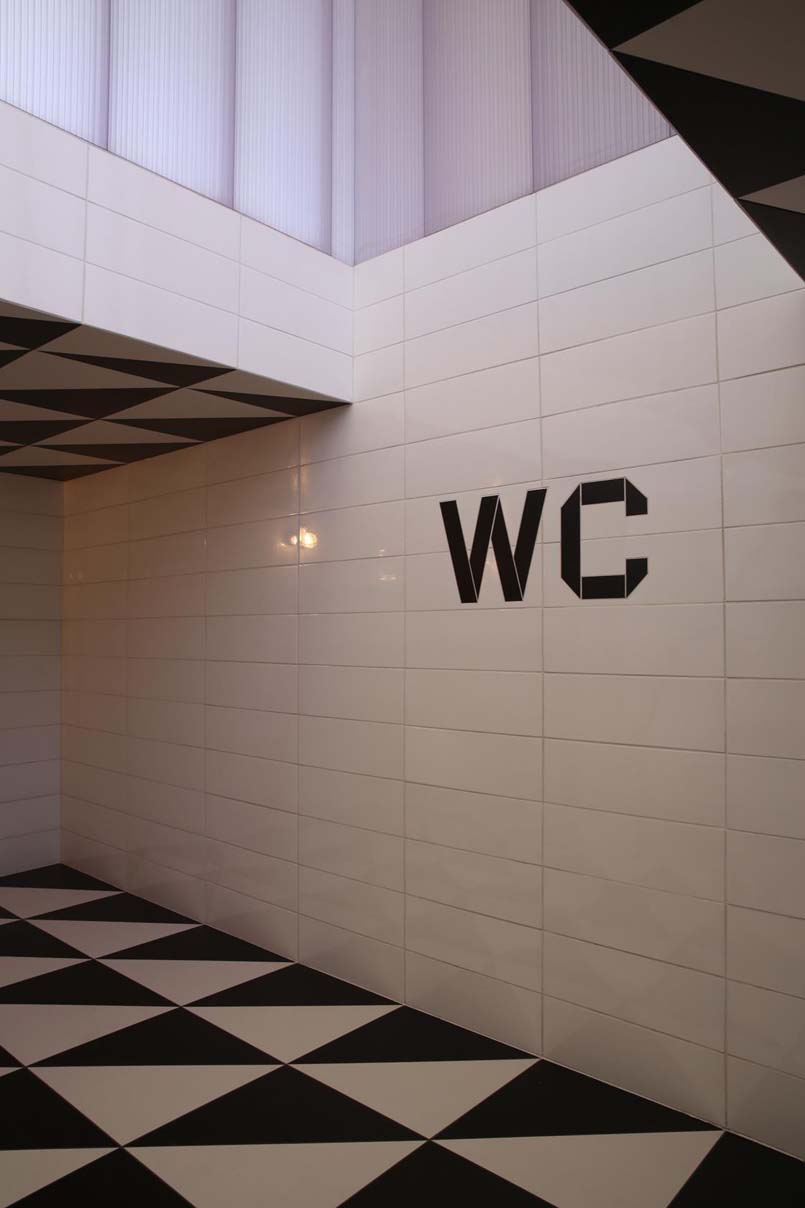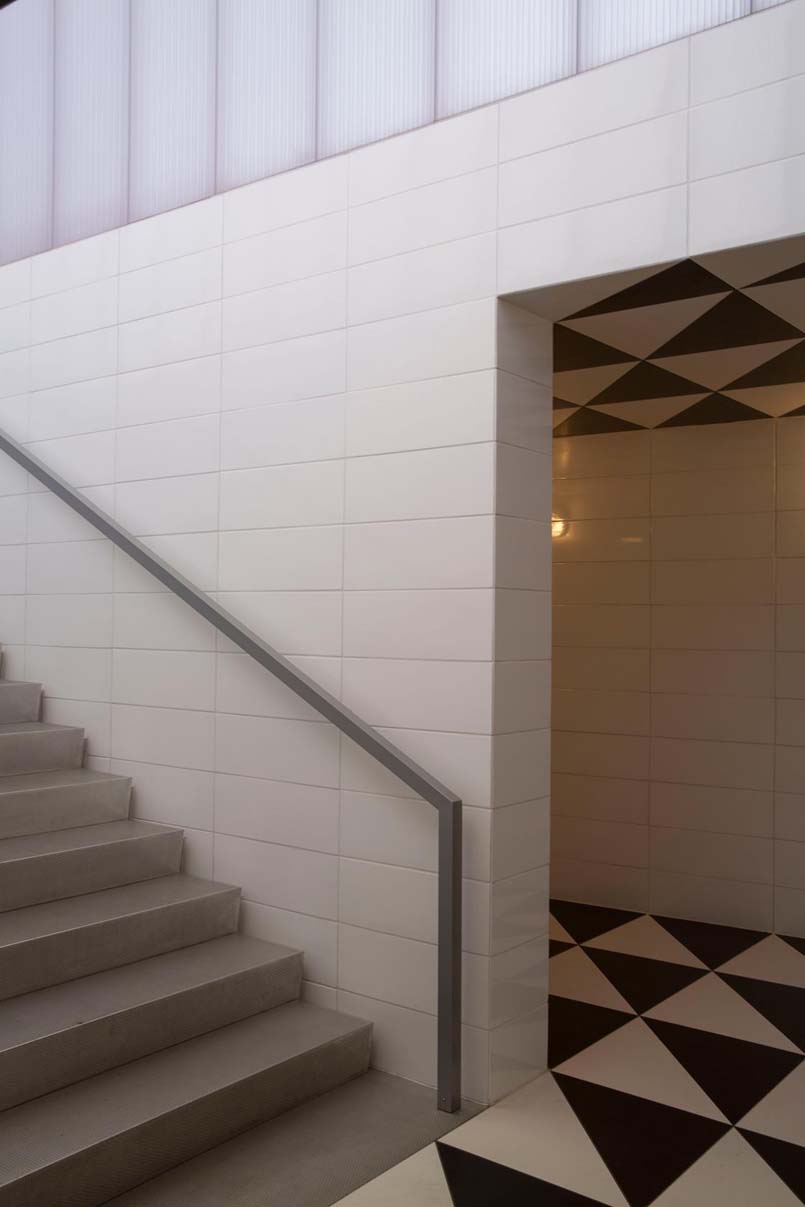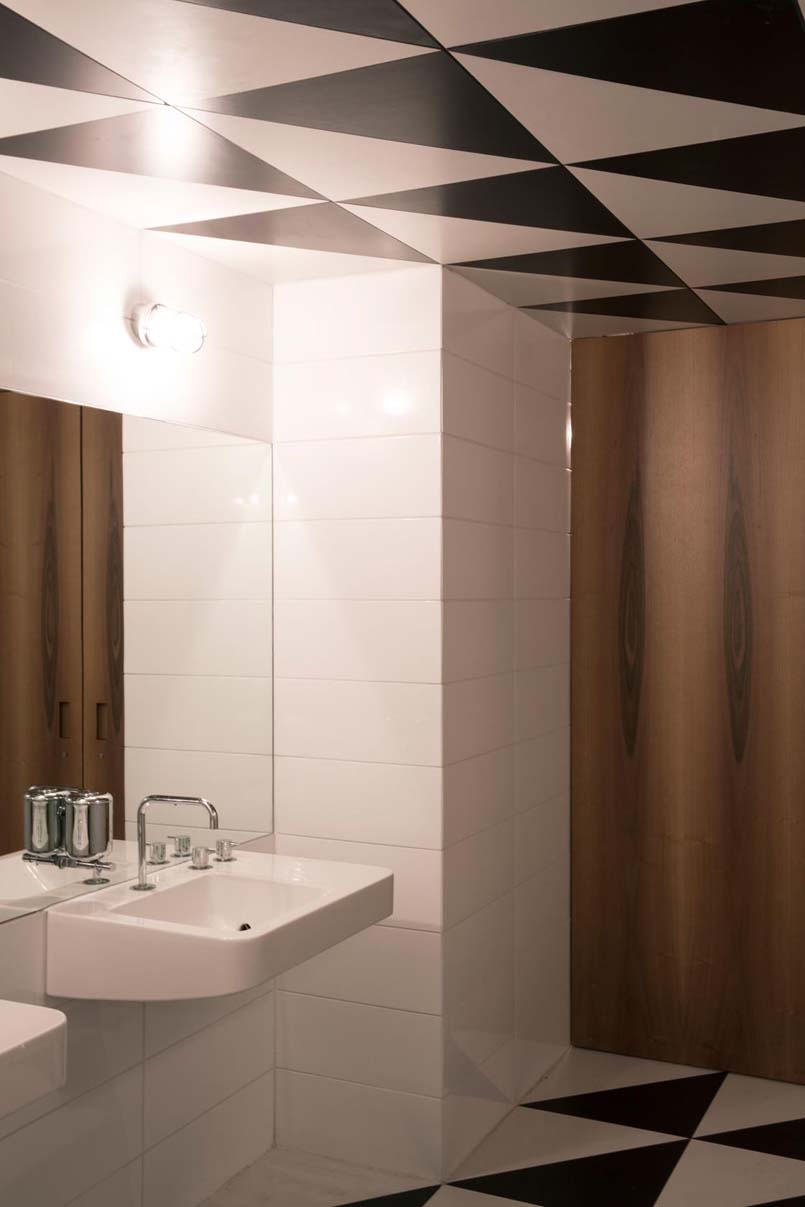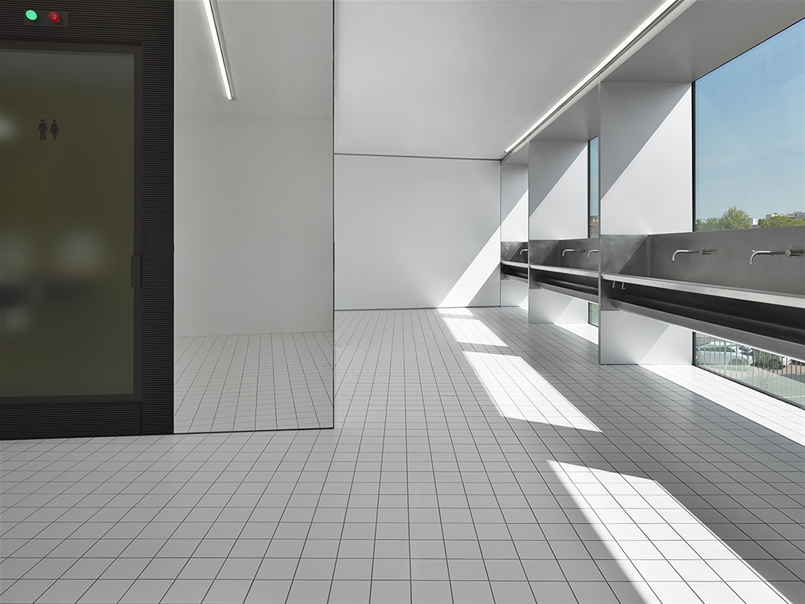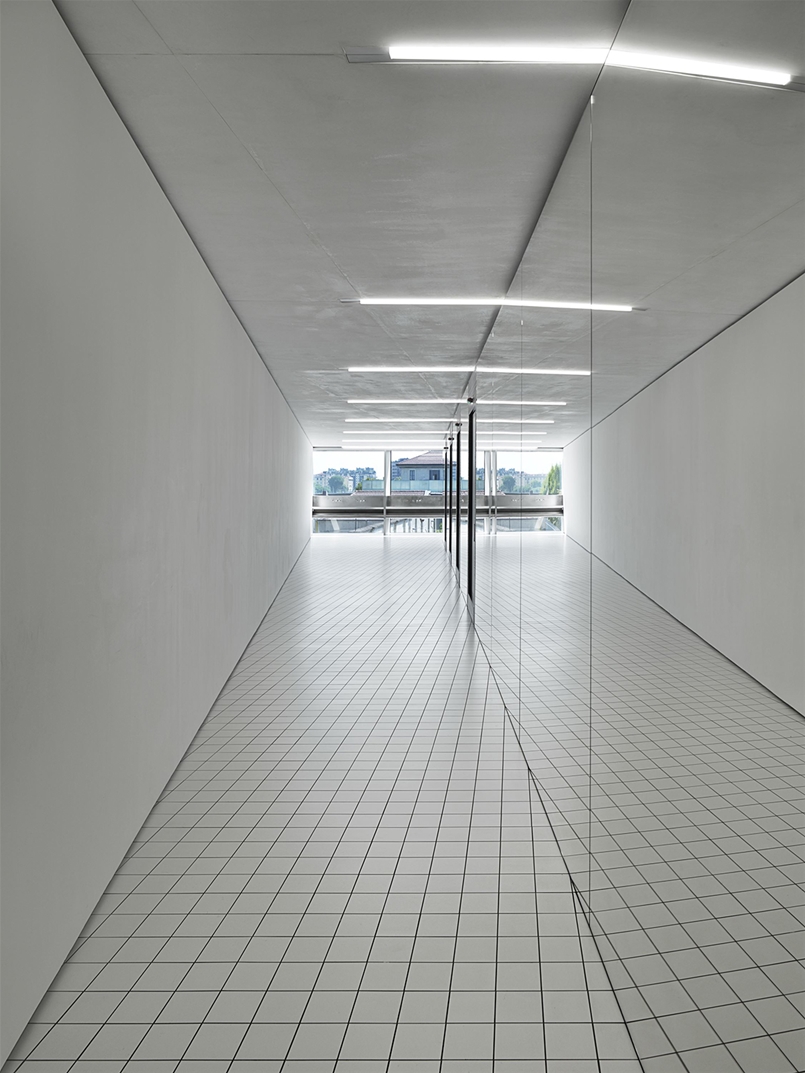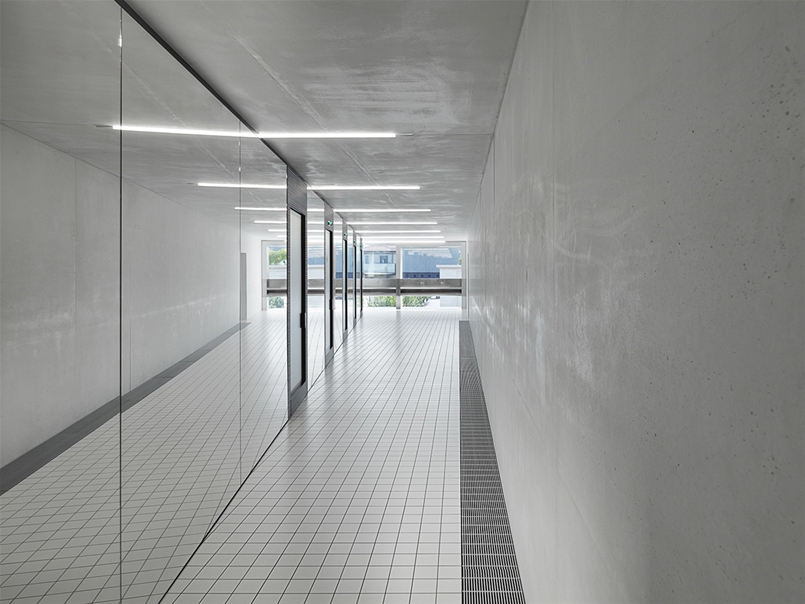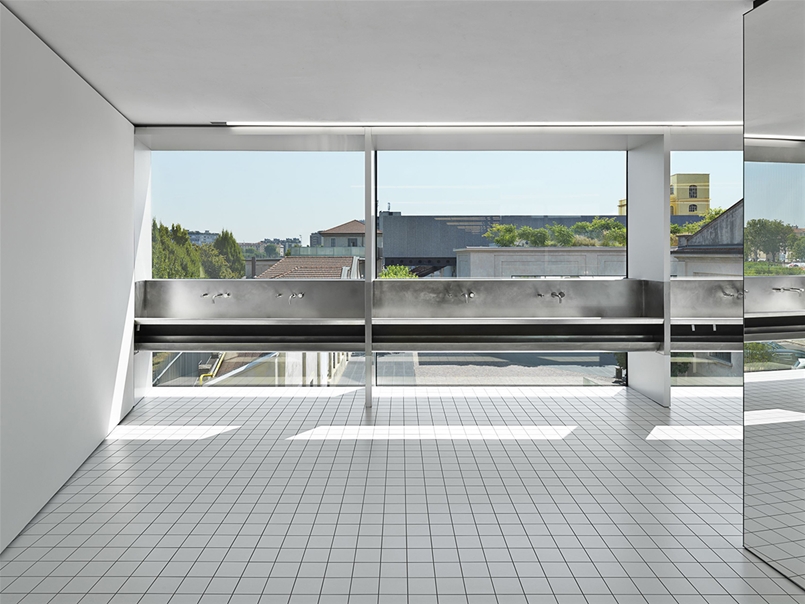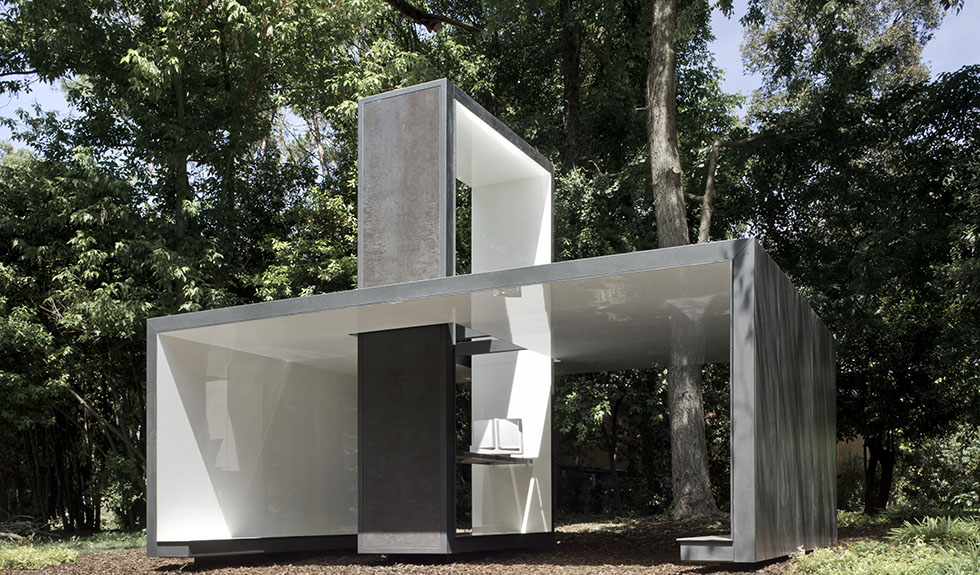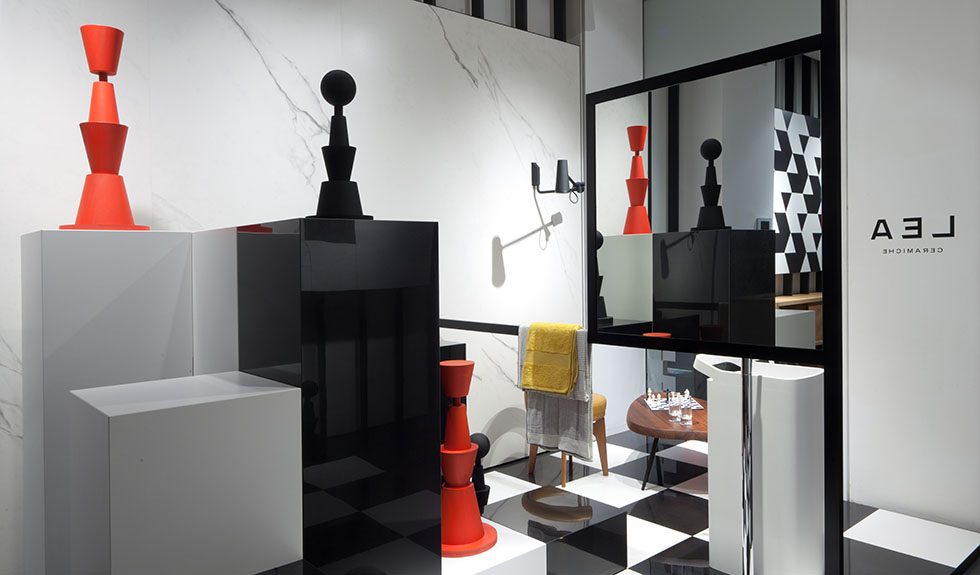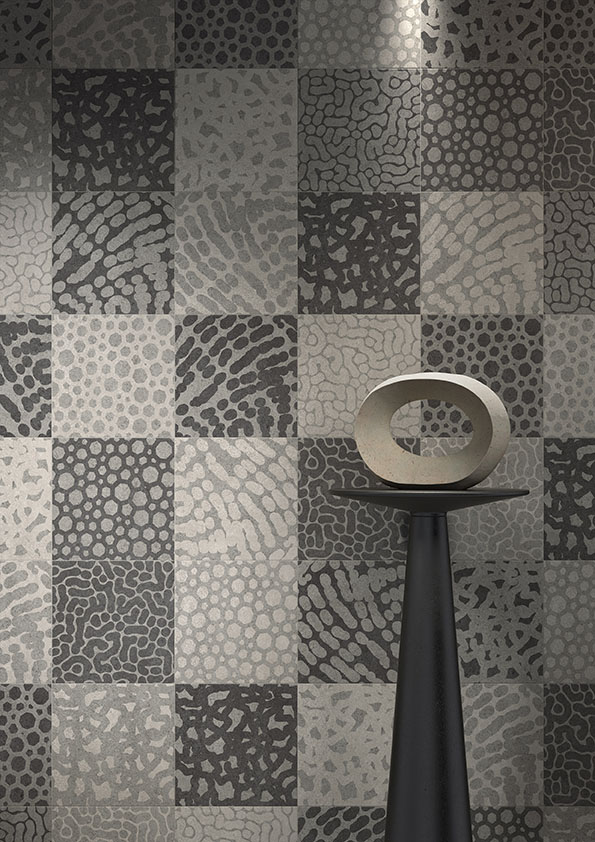Fondazione Prada
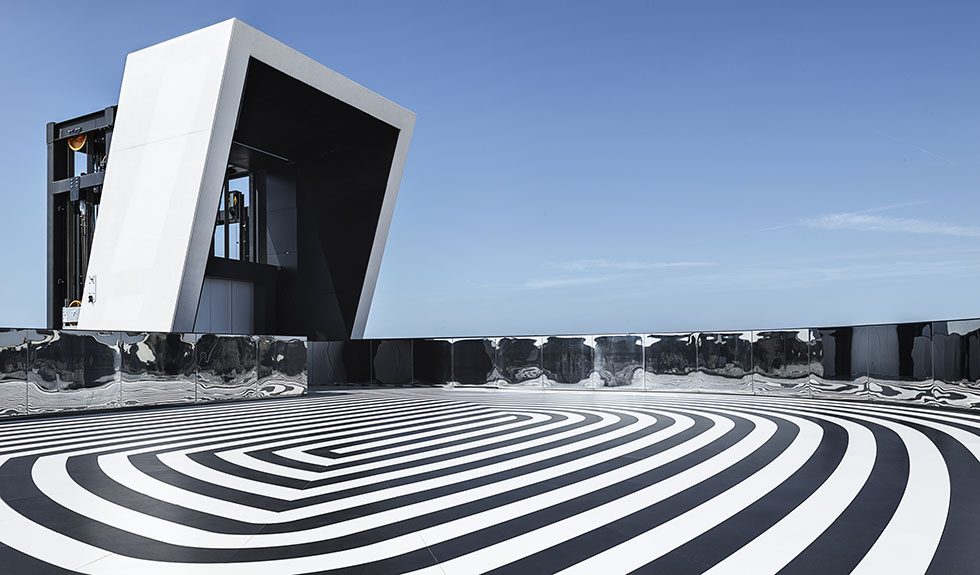
Surfaces and art
Lea Ceramiche’s experience in the production of ceramics, capability in creating surfaces appropriate for any setting – interior spaces, architectural projects, installations and more – and ability to deliver highly customisable solutions have allowed the company to tackle a large number of design challenges around the globe over the years, often working with the world’s leading industry professionals and designers. The Bosco Verticale [Vertical Forest] (Stefano Boeri, Gianandrea Barreca, Giovanni La Varra), Casa Milan (Fabio Novembre) and the Twirl installation at Milan Furniture Fair 2011 (Zaha Hadid Architects) are just a few of the most notable examples of Lea Ceramiche’s experience of collaborating with the leading players on the world stage. The company’s most recent project is another prestigious one that has seen Lea Ceramiche team up with the Prada Foundation.
A few months ago, the Prada Tower was completed in the southern part of Milan. Designed by Rem Koolhaas with Chris van Duijn and Federico Pompignoli from the OMA design studio, the tower represents the final piece in the Prada Foundation jigsaw, after its launch three years ago. The building – made from white cement – encompasses nine storeys: six stories are home to exhibition areas, while the other three feature a restaurant and other visitor services.
Atop the tower is a terrace with rooftop bar, designed to be a flexible, exclusive space.
The flooring features an optical illusion in black and white, made using tiles from Lea Ceramiche’s Absolute collection. The design is made up of a sequence of rectangular tiles in Slimtech porcelain stoneware which have been cut to measure and arranged according to a set geometric pattern. As a result, the surface seems bigger, while the mirrors used around the edges of the terrace erase the barrier between the rooftop space and the stunning 360° views of the city. The minimalism and purity of the materials – which feature just two dominant colours – and the unique laying pattern create attractive, subtle curves on the surface, delivering a high-impact aesthetic punch to the terrace.
Absolute Total White was also used for the flooring of some of the service areas, with bespoke 12x12cm tiles produced to create a tight criss-cross pattern on the surface.
